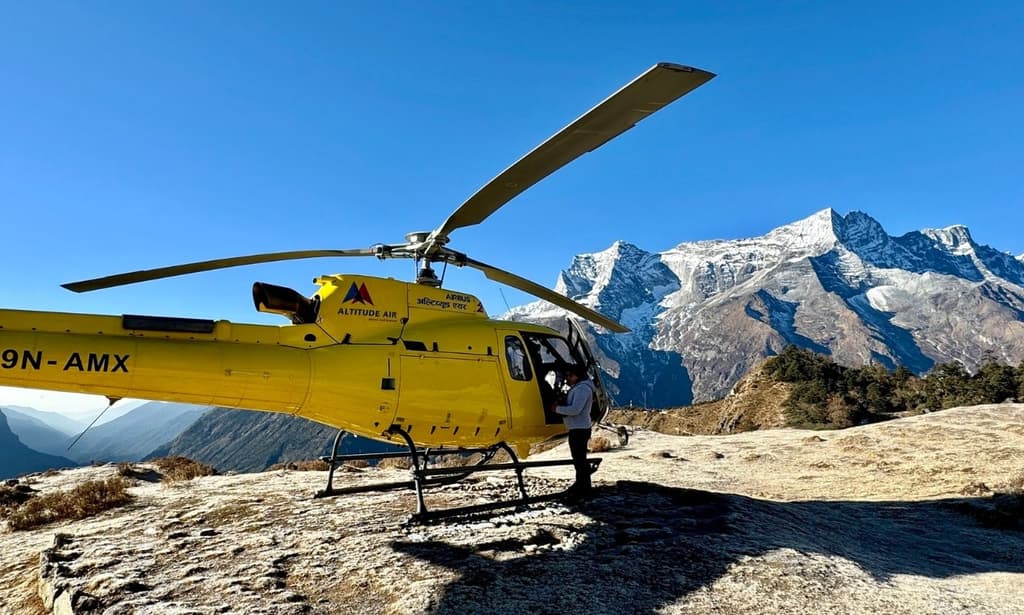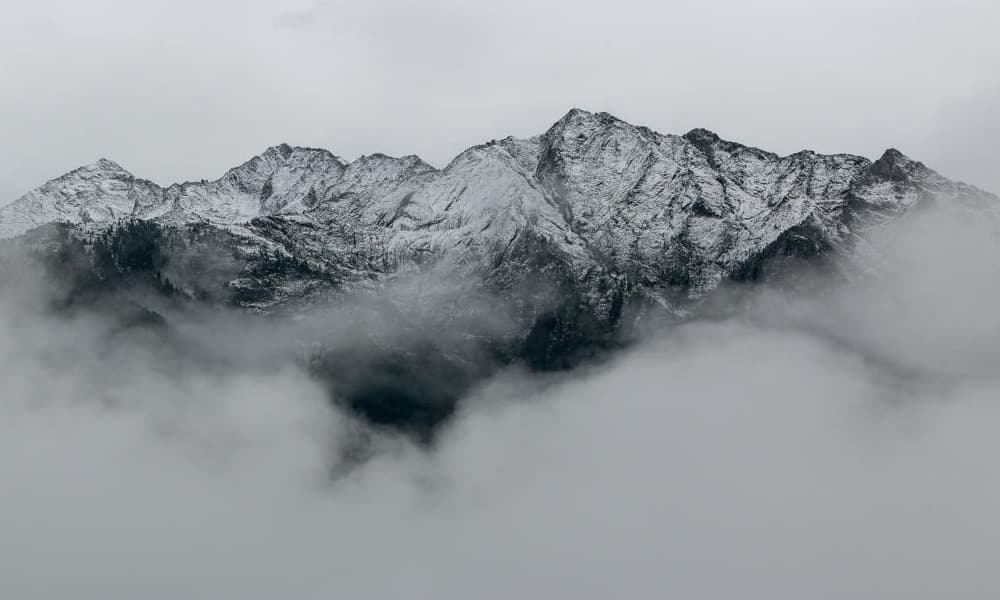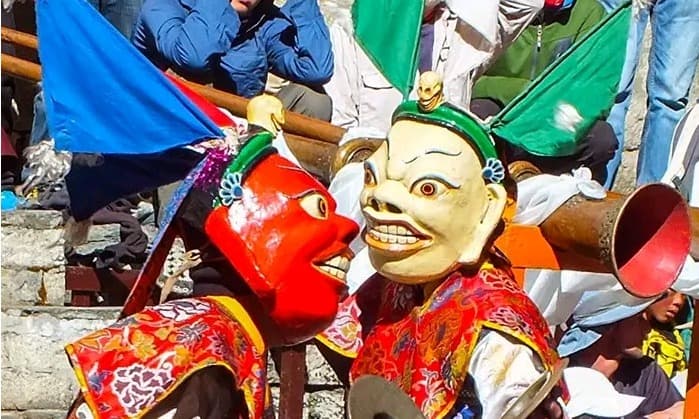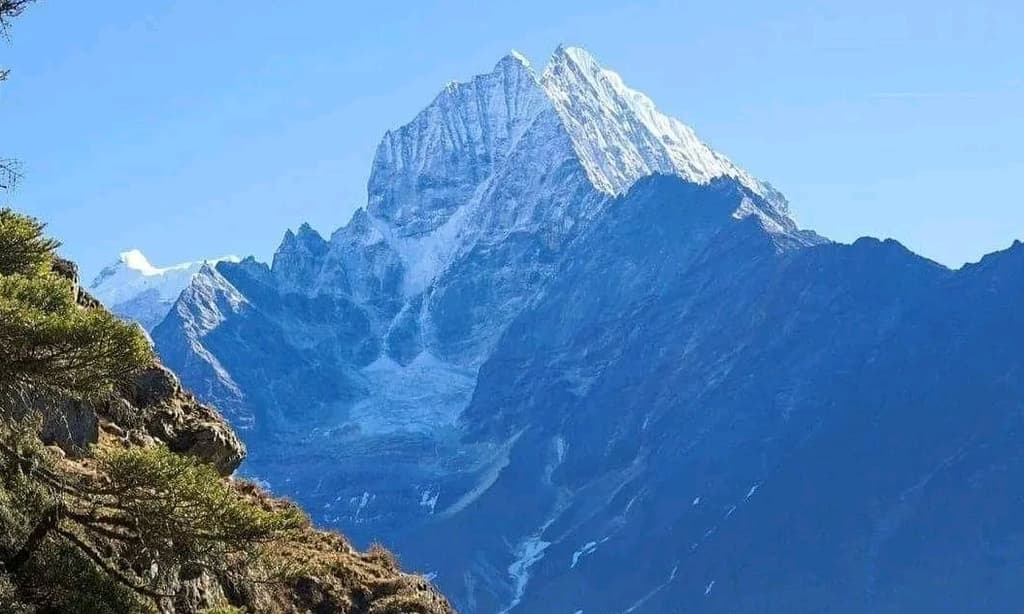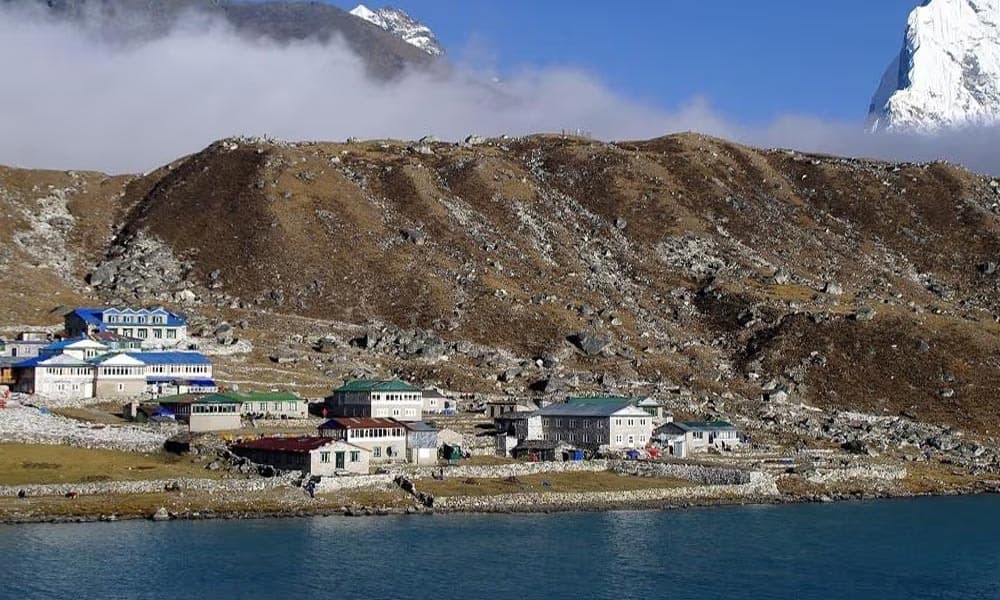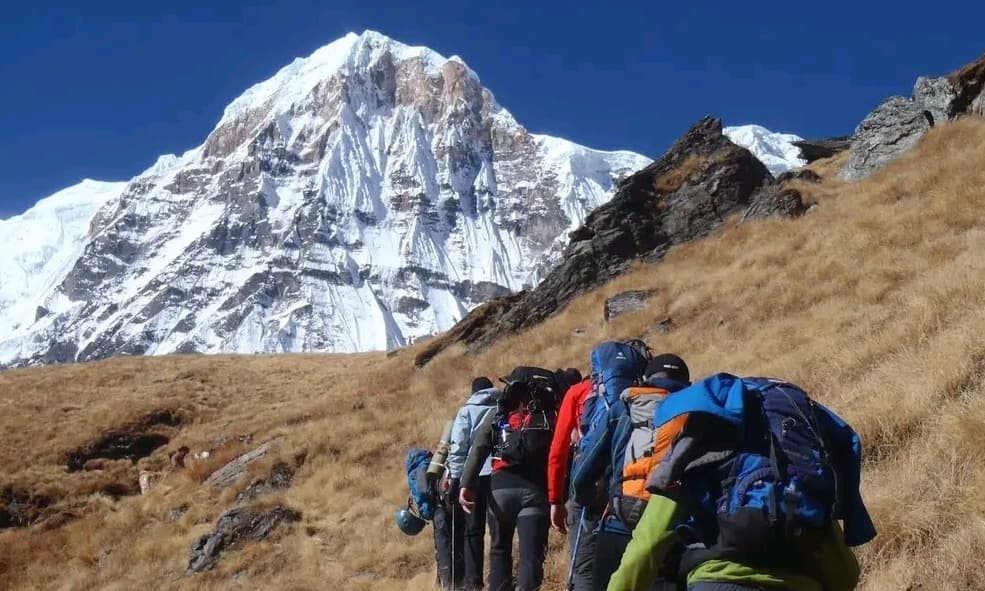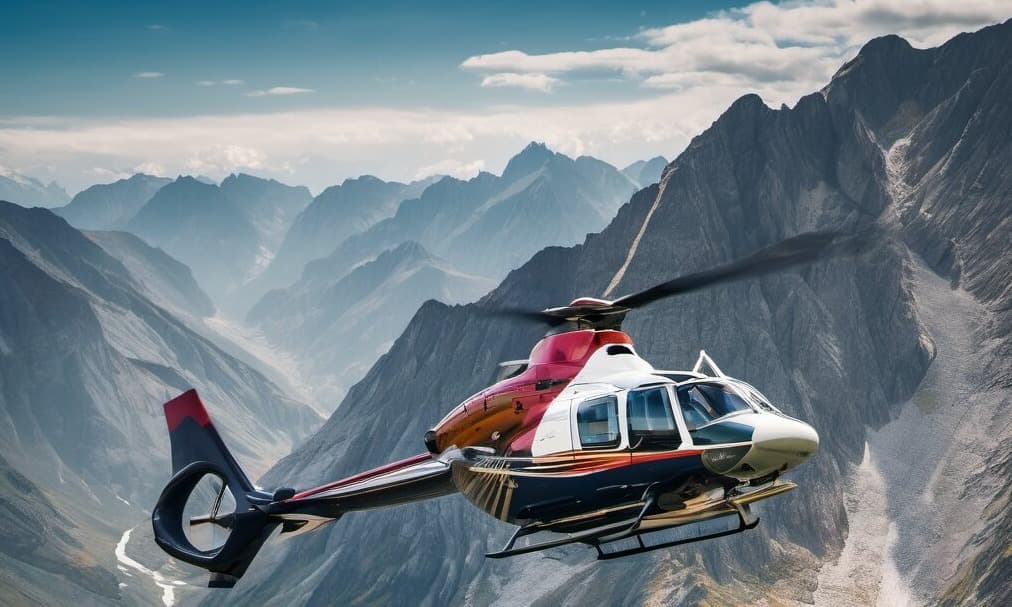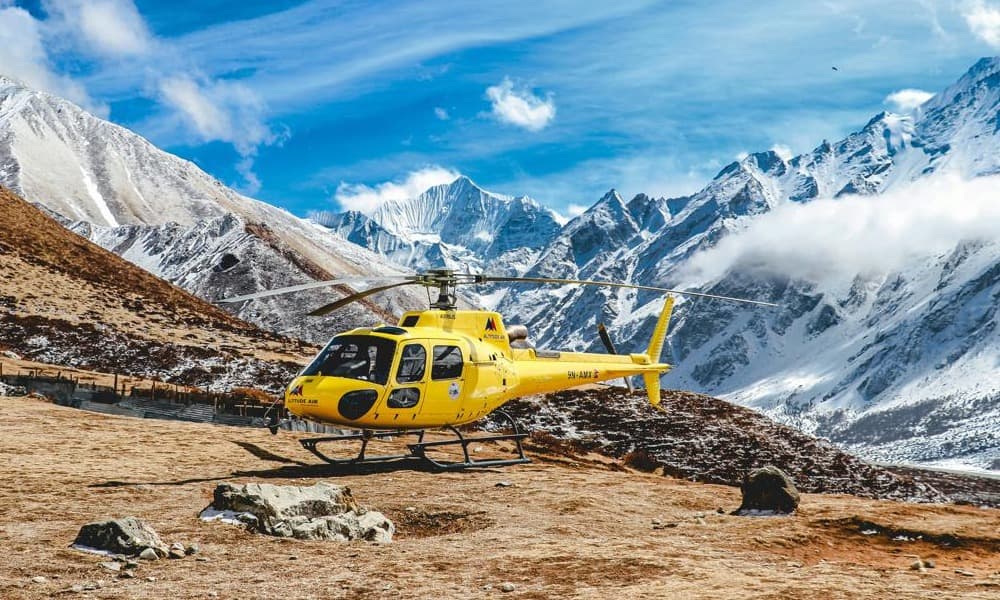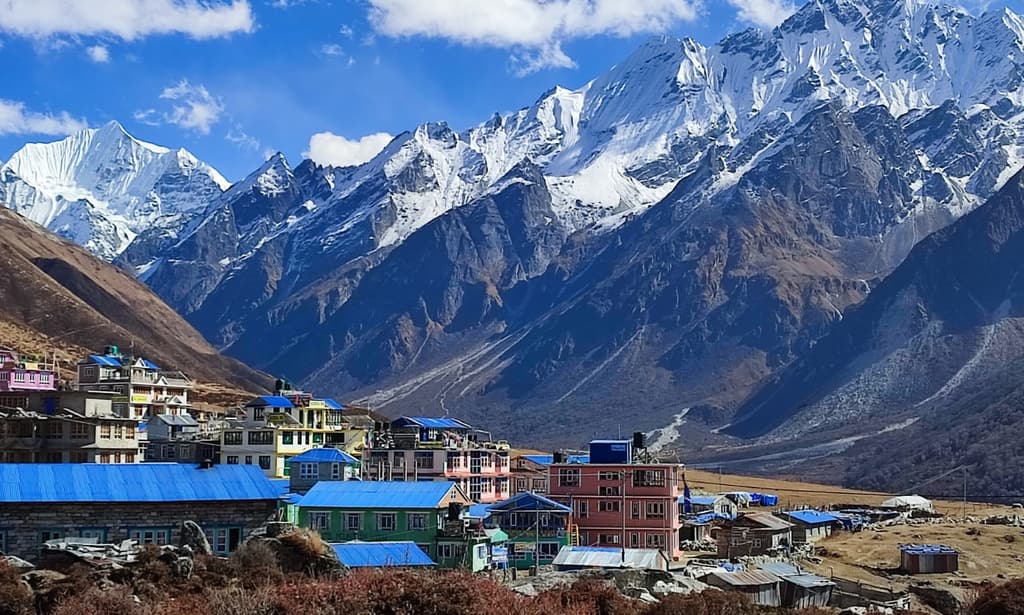The Everest region, home to the world's highest peak, Mount Everest, is a paradise for trekkers and adventure enthusiasts. With its stunning landscapes, rich cultural heritage, and a variety of trekking routes, this region offers a plethora of activities that cater to different preferences and fitness levels. From the iconic Everest Base Camp Trek to the serene Gokyo Lakes Trek, and unique cultural experiences like the Mani Rimdu Festival Trek, there is something for everyone in the Everest region. Let's delve into the diverse trekking activities available in this breathtaking part of the world.
Everest Trekking: Conquering the Himalayan Trails to Everest Base Camp
Nestled in the heart of the mighty Himalayas, the Everest Base Camp trek is a journey like no other. This iconic trekking experience takes adventurers through the rugged and awe-inspiring landscapes of Nepal, where they can witness the grandeur of the world's highest mountain, Mount Everest.
The Himalayan Trekking Experience
Everest Base Camp trekking is a true test of endurance and determination, but the rewards are immeasurable. The trek begins in the vibrant city of Kathmandu, where trekkers can immerse themselves in the rich culture and history of Nepal before embarking on their adventure.
As you ascend through the winding trails, you'll be greeted by stunning vistas of towering peaks, glaciers, and pristine mountain villages. The Himalayan region is a true natural wonder, with its diverse flora and fauna, and the warm hospitality of the Sherpa people, who have called these mountains home for generations.
The Journey to Everest Base Camp
The trek to Everest Base Camp is a challenging yet rewarding experience. Along the way, you'll cross suspension bridges, navigate through rugged terrain, and acclimatize to the high altitudes. Each step brings you closer to the ultimate goal – witnessing the majestic Mount Everest up close.
As you reach the Everest Base Camp, the sense of accomplishment is unparalleled. Standing at an altitude of 5,364 meters (17,598 feet), you'll be surrounded by the towering peaks of the Himalayas, including the iconic Everest, Lhotse, and Nuptse. The breathtaking views and the raw power of nature will leave you in awe and create memories that will last a lifetime.
Trekking in Nepal's Everest Region
The Everest Base Camp trek is not just about reaching the destination; it's about the journey itself. Along the way, you'll have the opportunity to explore the rich culture and traditions of the Sherpa people, visit ancient monasteries, and immerse yourself in the unique way of life in the Himalayas.
Whether you're an experienced trekker or a first-time adventurer, the Everest Base Camp trek is an experience that should be on every outdoor enthusiast's bucket list. With proper preparation, guidance from experienced trekking guides, and a spirit of adventure, you can conquer the Himalayan trails and
1. Everest Base Camp Trek
Duration: 12-15 days
Best Time to Visit: March to May and September to November
The Everest Base Camp (EBC) Trek is the most popular and iconic trekking route in the region. Starting from Lukla, trekkers journey through picturesque Sherpa villages, dense forests, and rugged terrains, culminating at the base camp of Mount Everest at 5,364 meters (17,598 feet).
2. Everest Base Camp Trek with Heli Fly on Return
Duration: 9-10 days
Best Time to Visit: March to May and September to November
For those short on time or seeking a more luxurious experience, the Everest Base Camp Trek with a helicopter return offers an exciting alternative. Trekkers follow the traditional route to EBC, then enjoy a thrilling helicopter ride back to Lukla or Kathmandu, offering aerial views of the majestic Himalayas.
3. Easy Everest View Trek
Duration: 5-7 days
Best Time to Visit: March to Jun and September to December
The Easy Everest View Trek is perfect for those who want to experience the beauty of the Everest region without the strenuous effort of reaching the base camp. This trek provides stunning views of Everest and surrounding peaks while visiting cultural landmarks such as Namche Bazaar and Tengboche Monastery. It is ideal for families and those with limited time.
4. Mani Rimdu Festival Trek
Duration: 12-14 days
Best Time to Visit: October to November (During the festival)
The Mani Rimdu Festival Trek is a unique cultural experience that coincides with the Mani Rimdu Festival, held at the Tengboche Monastery. This trek combines the traditional Everest Base Camp route with the vibrant festival, where trekkers can witness Buddhist rituals, dances, and mask performances that celebrate the victory of Buddhism over the ancient Bon religion.
5. Everest Base Camp Trek from Jiri
Duration: 20-22 days
Best Time to Visit: March to May and September to November
The Everest Base Camp Trek from Jiri is a classic and less crowded route that follows the path taken by early Everest expeditions. Starting from the town of Jiri, this trek passes through lush forests, terraced fields, and traditional villages before joining the main EBC trail at Lukla. It offers a more gradual ascent, allowing for better acclimatization and a deeper cultural immersion.
6. Everest Base Camp Trek from Salleri
Duration: 18-20 days
Best Time to Visit: March to May and September to November
The Everest Base Camp Trek from Salleri is another alternative route that bypasses the Lukla flight. Starting from Salleri, this trek provides a diverse landscape of hills, forests, and traditional settlements. It merges with the main EBC trail at Phakding, offering a less commercialized trekking experience.
7. Gokyo Lakes Trek
Duration: 12-15 days
Best Time to Visit: March to May and September to November
The Gokyo Lakes Trek is an enchanting route that takes trekkers to the pristine turquoise lakes of Gokyo and the stunning viewpoint of Gokyo Ri. This trek offers panoramic views of four 8,000-meter peaks: Everest, Lhotse, Makalu, and Cho Oyu.






